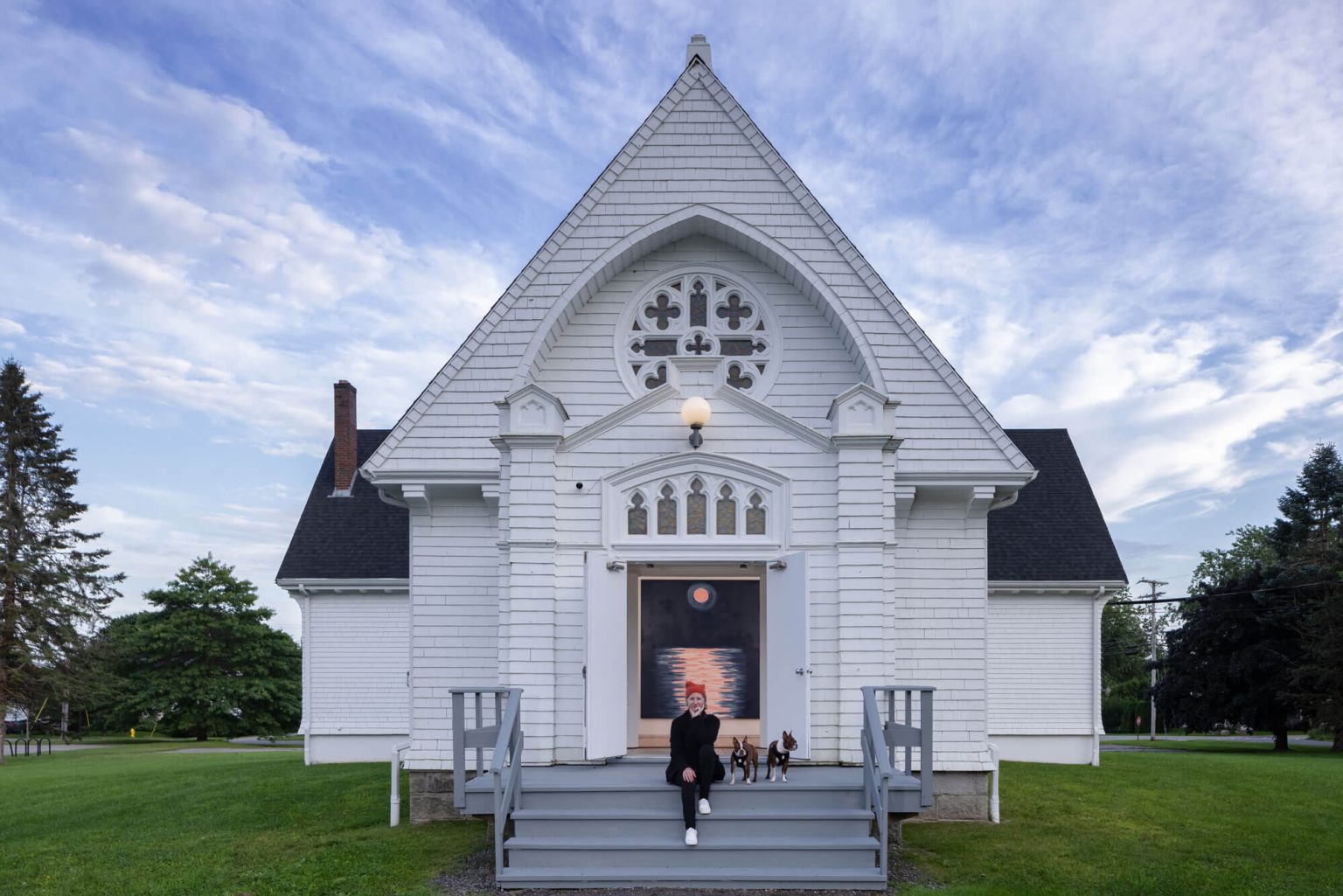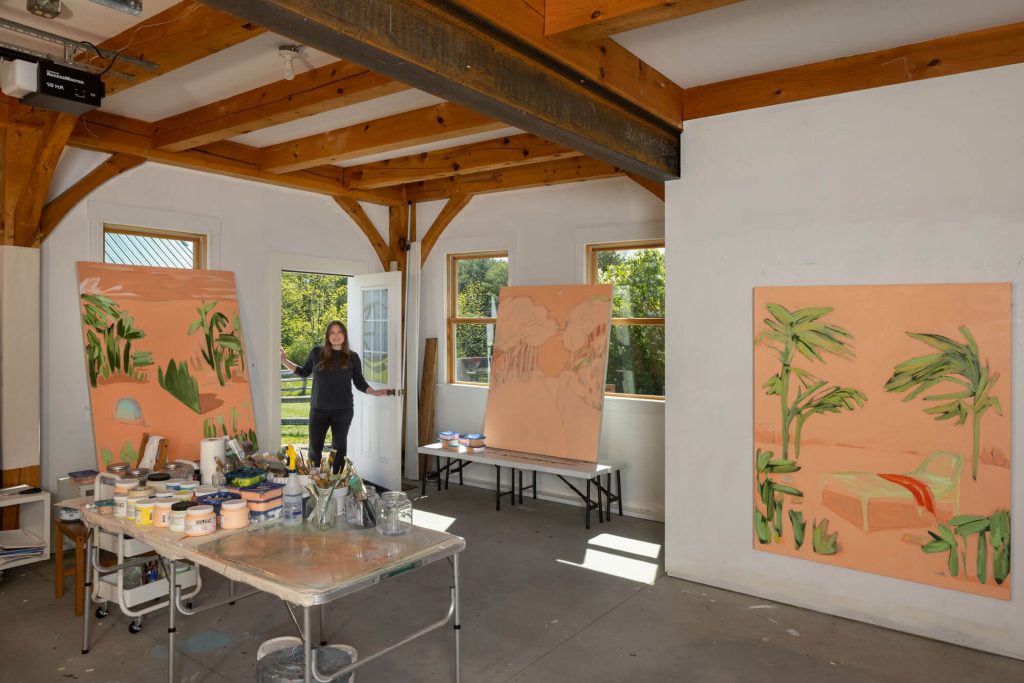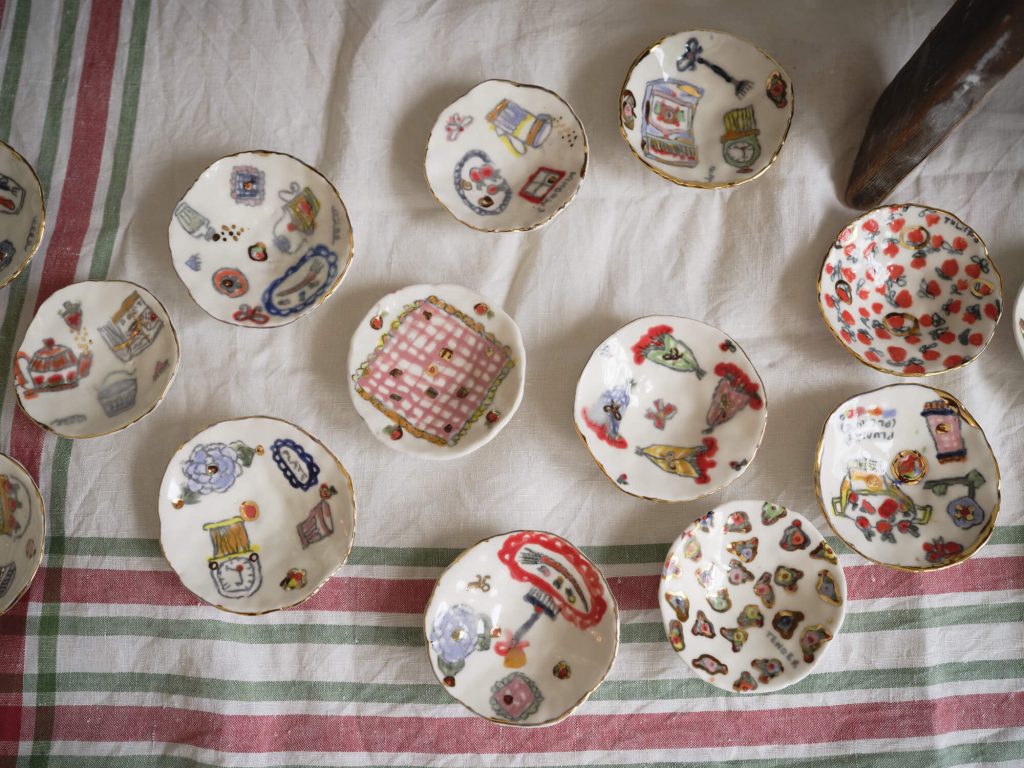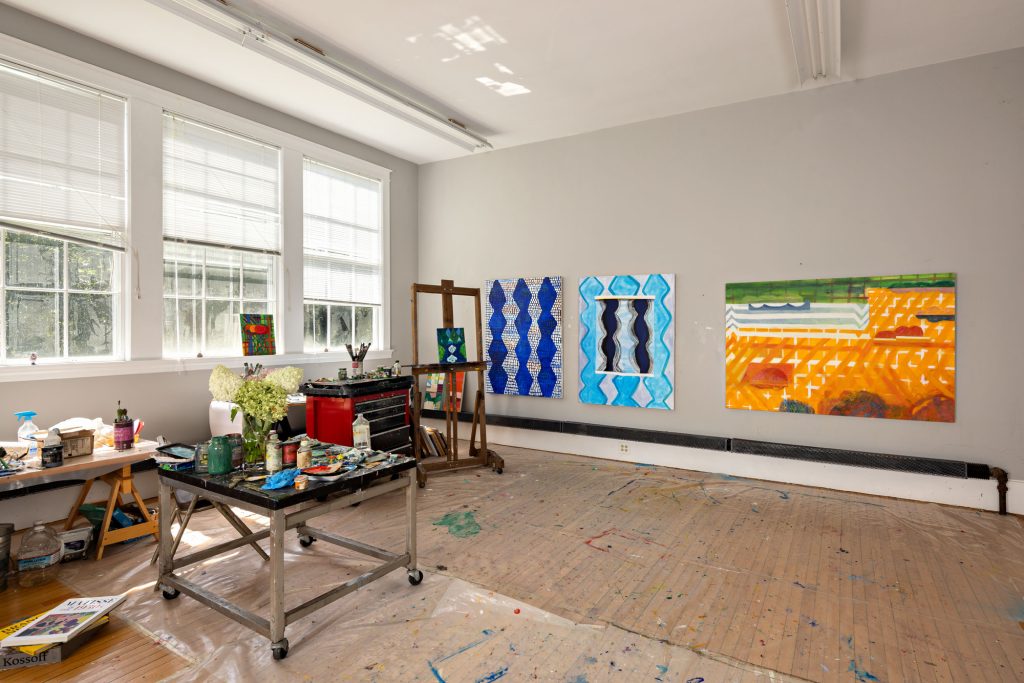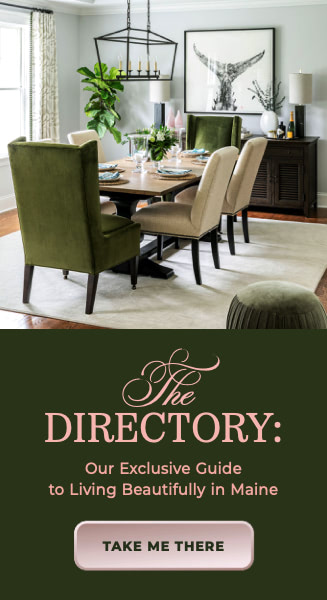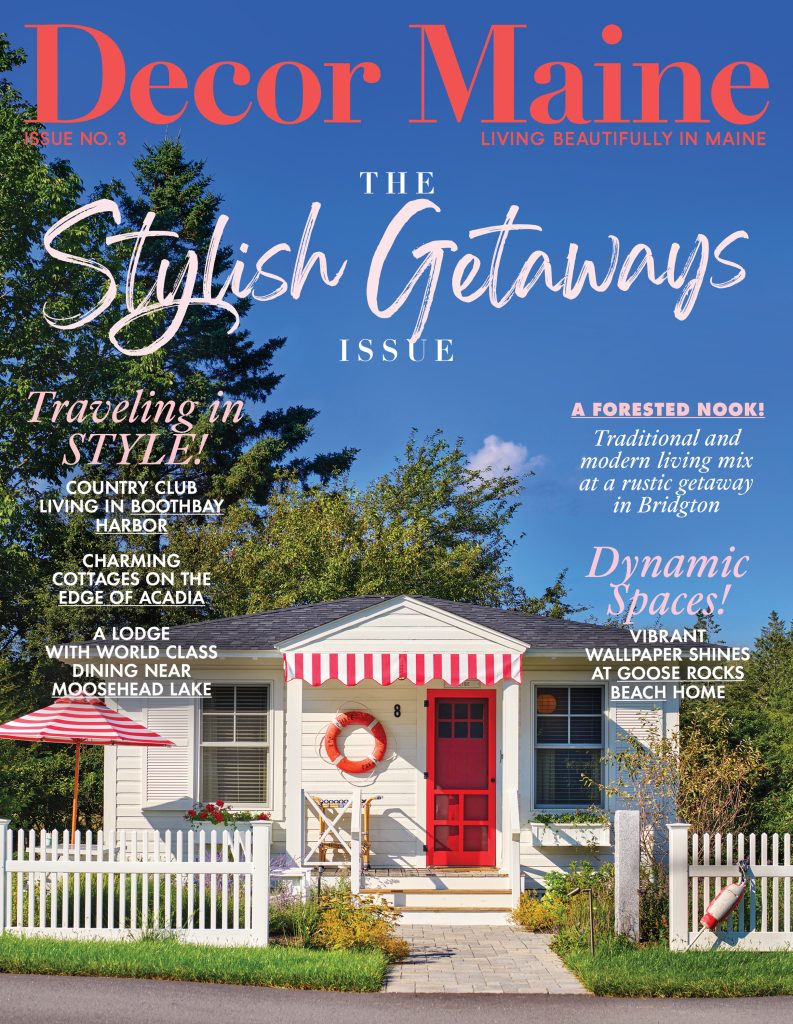Ann Craven has been painting in Maine since the early 1990s, first in a borrowed barn on Slab City Road in Lincolnville, then from her studio on a farm she purchased nearby. She is widely known for her lushly colored, mesmerizing portraits of the moon, birds, flowers, and other images, which she revisits serially. She painted her first “Moon” on Lincolnville Beach in 1995. The experience, she says, “Gave me my subject matter. I was literally chasing the moon.”
In 2010, Craven moved to a historic house on the banks of the Saint George River in Cushing, the site of many of her recent moon paintings. Her work begins from direct observation, like that of Alex Katz and Lois Dodd, two artists she admires. She sets up multiple easels outdoors to swiftly capture the shifting light of the moon across several canvases. These small-scale paintings serve as references for the larger works made in the studio.
For Craven, painting multiple versions of an image is a way to conflate the momentary with the constant—a symbol of time and memory—themes that remain the primary focus of her work. She is a diarist. Each painting is inscribed with the date and time of its making, and she meticulously inventories and records each year’s work. For her, the repetition of an image is a revisiting of a cherished moment.
In 2017, she purchased the former St. James Catholic Church at 70 Main Street in Thomaston, converting it into a seasonal exhibition gallery. It opened in the summer of 2021 with the two-person show Ann Craven and Reggie Burrows Hodges: Moons and Angels, presented by Karma Gallery of New York and Los Angeles. This summer, Karma will present a three-person exhibition of works by Kathy Butterly, Lynne Drexler, and Marley Freeman, on view from July 9 to September 9.
Ann Craven received a BFA from Massachusetts College of Art and an MFA from Columbia University. Her paintings are in the public collections of the Colby College Museum of Art, Farnsworth Art Museum, Portland Museum of Art, The Museum of Modern Art, Whitney Museum of American Art, Museum of Contemporary Art Chicago, The Hammer Museum, and private collections worldwide. She lives and works in New York City and Cushing, Maine.
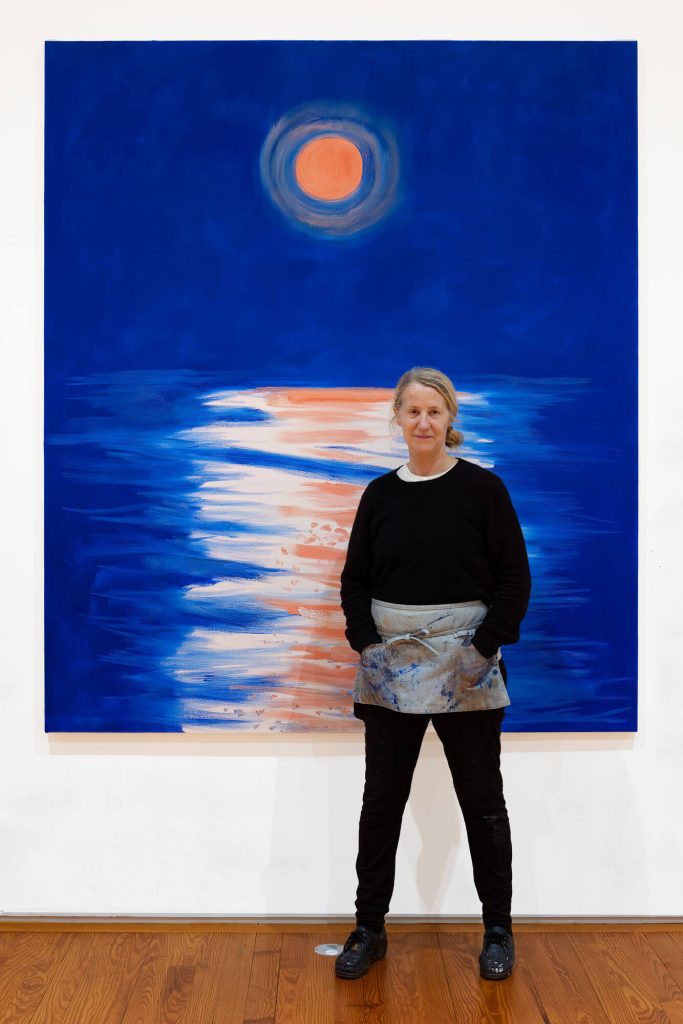
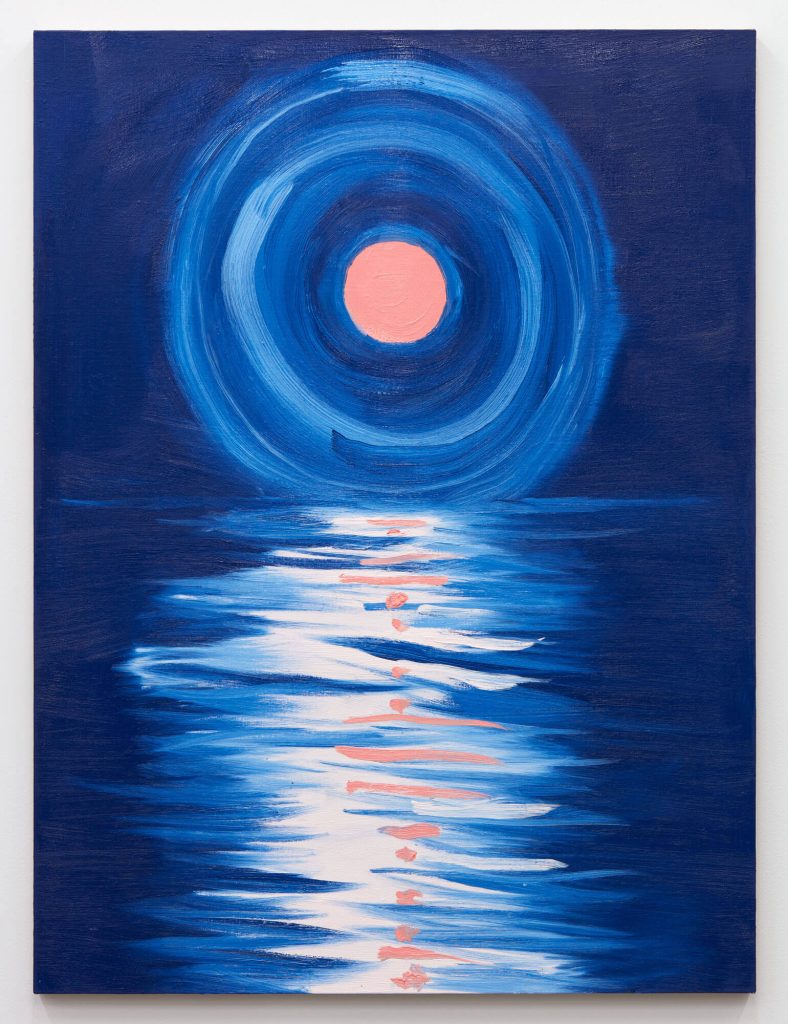
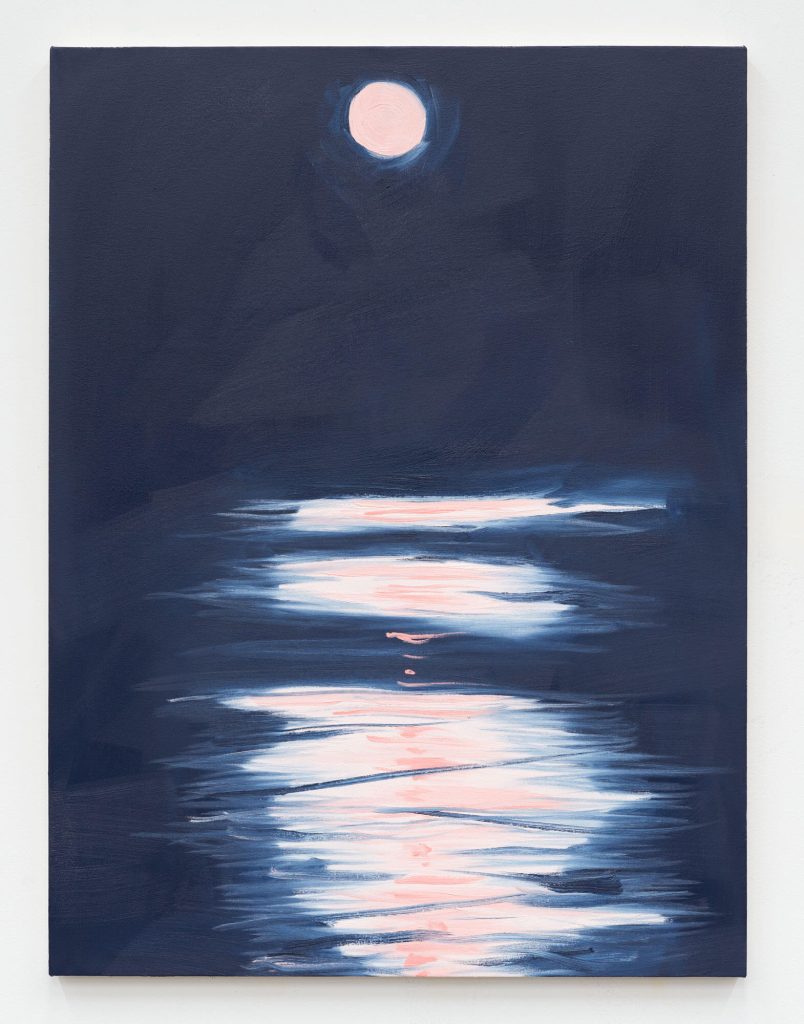
SUZETTE MCAVOY : You’ve been painting in Maine for nearly thirty years. What first brought you to Maine, and what keeps drawing you back?
ANN CRAVEN : I first came to Maine in the backseat of my family’s car. I think I was thirteen at the time. We were going to Five Islands, off the coast of Bath. Coming from Boston, it seemed to take forever and ever. I remember thinking, “Wow, Maine is so far away!” When we finally arrived, I fell in love with everything about it. I remember swimming in a cove, climbing rocks, and just being in nature.
And I remember the moon because it was a full-moon week. I can’t help but think that trip formed and forged in my memory this incredible happening: the moon rising above the pointy trees, light shining through, night, birds singing. The whole experience never left.
SM : Why is the moon such a compelling subject for you?
AC : It really made sense to grab it when I was searching for content in my work as a young artist. I have always painted from life, from observation, en plein air. That’s how I learned how to paint, by looking. So the moon, its continual waxing and waning, its coming back to life every month to be full and vital, it seemed like the right subject matter in my pursuit of a conceptual practice. By that I mean, it’s a kind of diary, since I date each painting with the time and place of its making. It’s a mapping of myself and my whereabouts that I can trace all the way back to 1995. And I’ll never give it up; it’s something that will take me to my grave.
SM : You’ve mentioned that you began painting with oil paints as a child. That’s pretty unusual. Did you always know you wanted to be an artist?
AC : I really never knew anything else. I was given a set of oils as a 6-year-old kid. My parents were okay with it. I come from a roofing family in Boston, and they weren’t afraid of solvents, so turpentine wasn’t a thing to them as far as harmful fumes. My mother put me into an adult painting class in a nearby artist’s studio, and I learned there about painting still lifes and nature scenes from magazines, and washing brushes covered in oil and paint. So, by the time I got to MassArt, I decided to try something different. I took a course in architecture and went home one day and said, “Mom, Dad, I’m going to be an architect.” They said, “No, no, you’re an artist!” Honestly, it was because of them that I kept painting; they had no idea what they were pushing me into.
SM : You became a studio assistant to Alex Katz while you were attending graduate school at Columbia, and you continued to work for him for eight years. Is there a takeaway from that experience that you’d like to share?
AC : I learned more from Alex Katz as his studio assistant than I did from attending graduate school. Working for Alex was a fantastic experience, and I learned so much. I hold it very close to my heart and mind, as he is an incredible painter and person. In terms of practice, I admire Alex and Lois Dodd because they never gave up on painting from observation, which gave me the courage to continue.
It’s funny, because sometimes I’ll look up at the moon when I’m out at night with friends or just walking, and I feel almost guilty that I’m not painting it. Many of my moons are painted from rooftops or on the lawn or the beach in Maine. For me, it’s both a process and a re-calibration. Painting the small 14-by-14-inch canvases is a way for me to connect back to my roots of observation. It recalibrates my hand and my mind’s eye—my memory of the act of painting by and through observation.
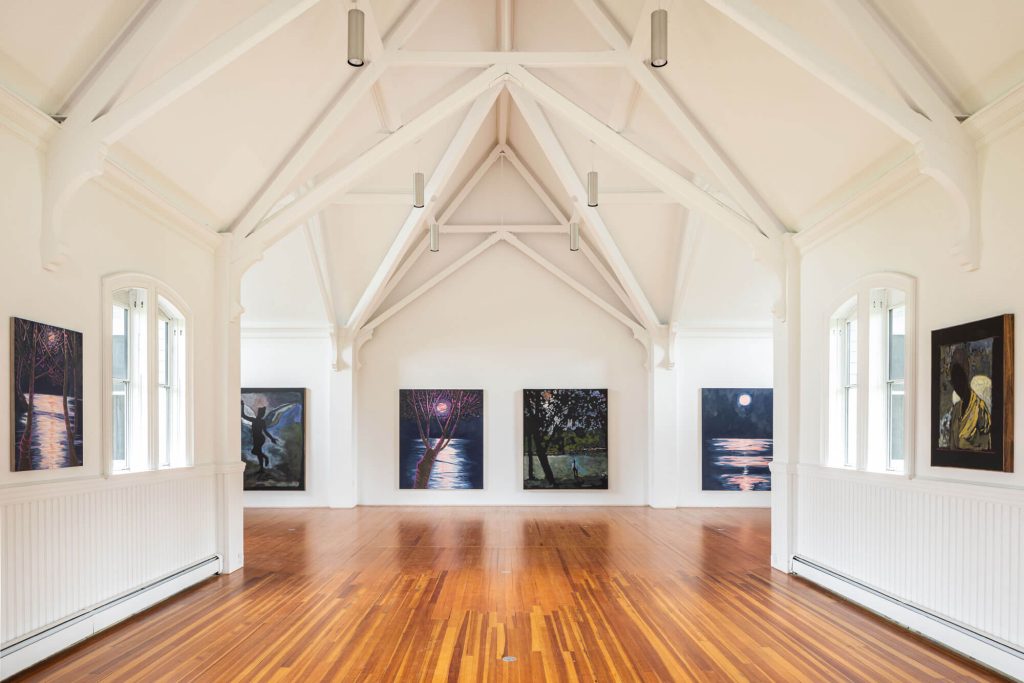
SM : You also preserve your palettes and make striped paintings, what role do they play in your process?
AC : The palettes are something I hold really close and use as a reference to the paintings that I revisit or a color that I’m looking for that I mixed anywhere from a month to ten years ago. They really are the heart and soul of my process. I date the palettes, as well as the moon paintings, and usually mark which artwork I used them for, so they’re another recording of “self”—another memory in a sense, an echo of the work.
From the palettes, I make striped paintings that look like rainbows in the end. They’re really just the discarded paint that I would’ve thrown away. It goes onto a canvas, and the next color goes next to that, and the next color goes next to that. I don’t think about what I’m putting next to each other. It has to be improvisational. There’s really a lot of freedom in this process. And my work is basically one long process.
SM : What’s your studio routine? Do you paint every day?
AC : My routine is to get to work as soon as possible in the morning. By that, I mean working on my painting from the day before or the night before. It can’t be left for much longer because I paint wet-on-wet, and if it starts to dry, it’s really problematic. So my larger works from the small ones painted outside must be carefully monitored, or they will dry, and I can’t go back into them.
But if you’re in your studio and what you’re doing has anything to do with your practice, then you are working. I tell that to my students so they don’t have guilt trips and feel like they just constantly have to paint and forget about the rest of their life. But it is a lot of work and a lot of solitude to be an artist, a painter anyway.
SM : What’s on the horizon, any current shows?
AC : I have two large paintings that are recent acquisitions at the Farnsworth Art Museum in Rockland as part of their 75th anniversary exhibition. And I have a solo show at the SCAD Museum of Art in Savannah called Twelve Moons through August. It includes all the moon paintings I made in 2022, hung chronologically by month, from January to December. The title references Mary Oliver’s beautiful book of poetry Twelve Moons.
SM : And what’s underway in the studio?
AC : Waiting for me in the studio are these paintings I made of the “blood” moon setting over the Hudson River here in New York City, and I can’t wait to get back to them. ▪
